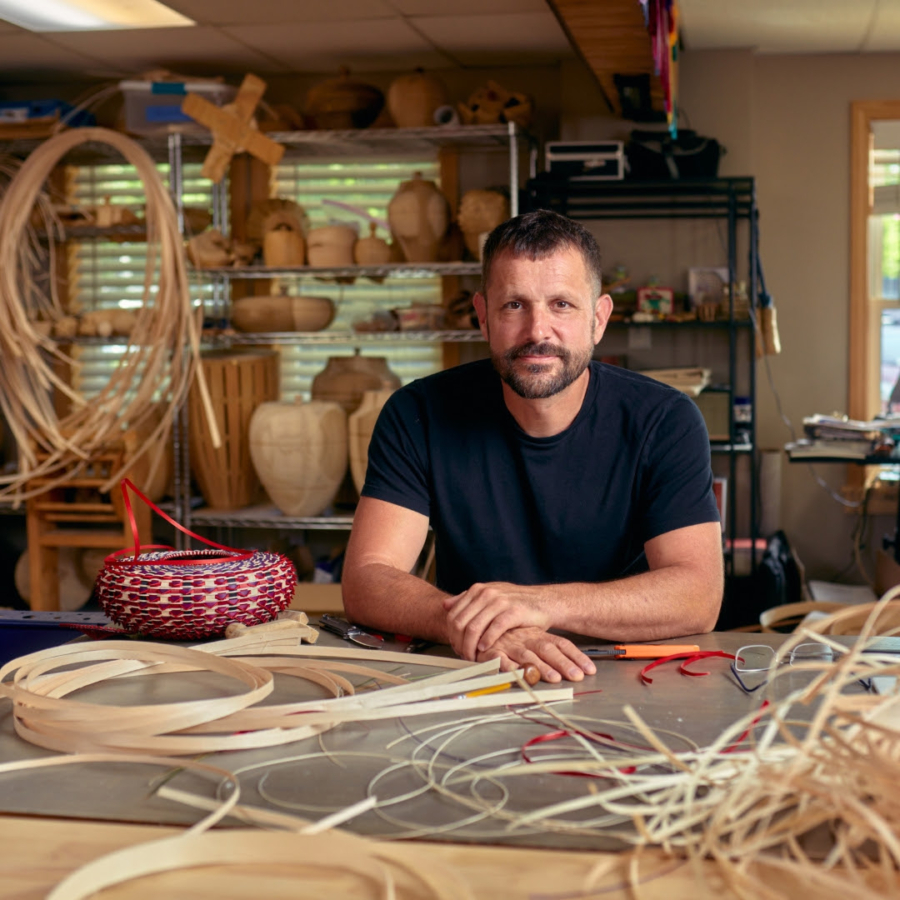Jacob Littlejohn
What the Thunder Said
September 10–November 1, 2025
Opening reception Wednesday, September 10, 6–8 pm
Karma
22 & 188 East 2nd Street
New York
Jacob Littlejohn
What the Thunder Said
September 10–November 1, 2025
Opening reception Wednesday, September 10, 6–8 pm
Karma
22 & 188 East 2nd Street
New York
What the Thunder Said presents a new body of work that extends Jacob Littlejohn’s investigations into how painting might re-enchant our relationship with the natural world. Inspired by visionary poetry; accounts of apparitions from Scottish and Celtic folklore; and walks in the wilderness, the artist approaches his compositions through a dance of addition and subtraction. Scraping, incising, pouring, and brushing, among other techniques, Littlejohn composes abstractions that offer contact, if momentarily, with phenomena irreducible to scientific explanation.
To transform the surfaces of his large works, Littlejohn applies and then partially removes layers of paint using palette knives or by blotting with pieces of newsprint. The swirling incisions that slash through A Lava Skylight in Kamokuna (2025) call to mind what it might feel like to be in the eye of a windstorm, trees shaking under the force of the weather. Dead Mountain Mouth of Carious Teeth That Cannot Spit (2024–25) is volcanic and roiling, its red underpainting exposed as if through erosion. Titled after a ghostly light phenomenon thought to lure nocturnal travelers into swamps, Hinkypunk (2025) features long, thin yellow drips that flow upward, as if defying gravity. These cut through a thick darkness, evoking the exploding rockets of tonalist James McNeill Whistler’s Nocturne in Black and Gold. Hinkypunk advances the Romantic legacy of that circa 1875 work by suggesting that what draws our eyes in the night might be supernatural rather than man-made.
In conversation with these epic canvases, Littlejohn’s smaller paintings shift our vision into an intimate mode. These oil-on-panel works can appear weathered by time, like Earth in Forgetful Snow, or excavated from a slab of marble, like Substrata (both 2025). Suggesting mossy logs and windswept lakes, their textured surfaces evoke the haptics of being out among the elements. Others are abstract vistas in miniature: the magenta crags ranging across the horizontal plane of Easy to Imagine, Much Harder to Exist (2025) could be the topography of an alien planet.
Literalizing the contact between realms implied by his paintings, Littlejohn’s works on paper begin with an encounter between flesh and substrate: each starts with a handprint like those the artist saw in Rome’s Museum of the Holy Souls in Purgatory, which collects and displays artifacts allegedly burned by the hands of believers trapped between heaven and hell. The addition of colored pencils transforms and camouflages these bodily marks; by staining the substrate with organic materials, the artist provides a link back to our material reality and comments on its cyclical nature. Echoing the blotting process used in the large paintings, he imprints wet drawings onto fresh paper. Building out new works from the resulting afterimages, Littlejohn invokes through form those moments when one world touches another, allowing a temporary glimpse into experiences at the fringes of perception.



